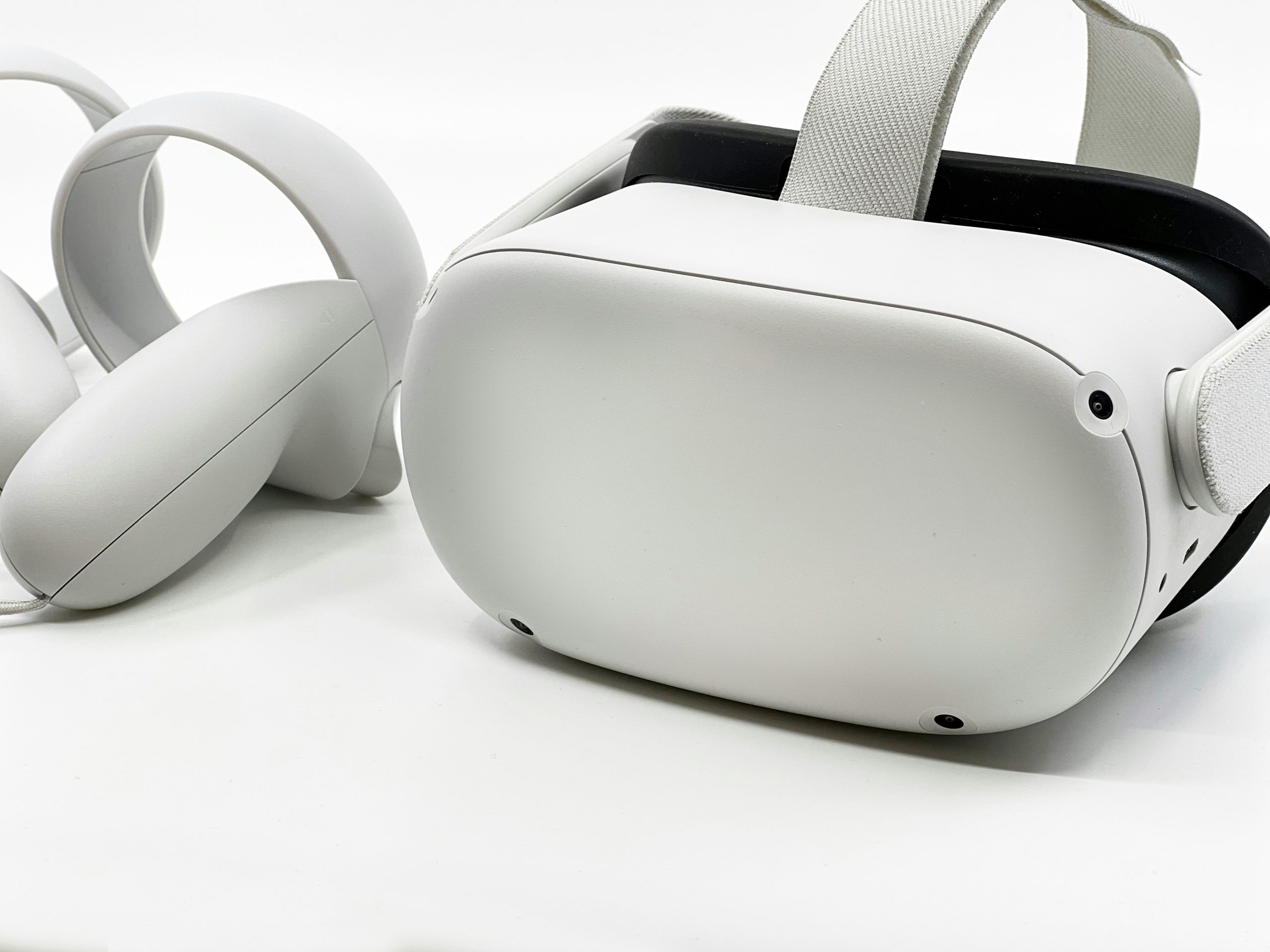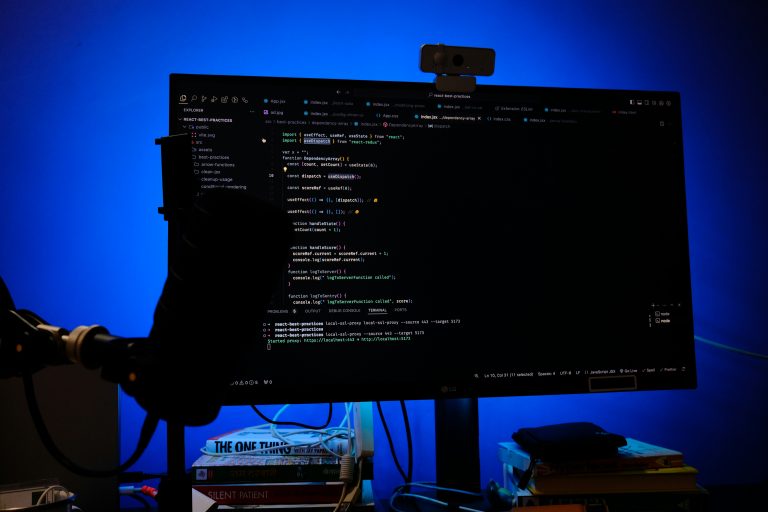Is the Metaverse Still the Future or a Failed Dream?
Just a few years ago, the metaverse was hailed as the next great leap in technology a fully immersive digital world where people could work, play, socialize, and even build entire economies. Companies like Meta (formerly Facebook), Microsoft, and countless startups poured billions into the dream of creating vast, interconnected virtual spaces.
2 The Original Vision
The idea of the metaverse a term coined by sci-fi writer Neal Stephenson in Snow Crash was to create a persistent, shared digital universe that felt as real as the physical world. Through VR headsets, AR glasses, and decentralized technologies like blockchain, users would jump seamlessly between virtual offices, concerts, classrooms, and social spaces.
Tech giants envisioned a world where we’d all own digital real estate, attend virtual meetings, and even live part of our lives as avatars.

3 Why Momentum Slowed
Despite the hype, the metaverse faces serious challenges:
1 Clunky Technology: VR headsets are still expensive, uncomfortable for long sessions, and often cause motion sickness. The tech simply isn’t “there” for mass, everyday use.
2 Lack of Content and Incentives: Outside of gaming and niche social spaces, there’s little that consistently draws users into metaverse platforms. People don’t yet have compelling reasons to live in virtual worlds.
3 Economic Troubles: Projects like Meta’s Horizon Worlds struggled with low user numbers, and broader tech sector layoffs have forced companies to scale back their metaverse ambitions.
4 Fragmentation: Instead of one unified metaverse, there are dozens of disconnected worlds from Fortnite to Roblox to Decentraland each with their own rules and communities.
5 Public Skepticism: Many view the metaverse as a gimmick or an escape from solving real-world problems like inequality, climate change, or health crises.
4 Signs the Dream Isn’t Dead
Despite the setbacks, the core ideas behind the metaverse are still evolving just perhaps more slowly and pragmatically:
1 Enterprise and Education: Companies use virtual spaces for training, collaboration, and remote work simulations. Universities are experimenting with metaverse classrooms.
2 Gaming: Platforms like Fortnite and Roblox continue to build “proto-metaverses,” merging entertainment, social interaction, and commerce.
3 Mixed Reality Devices: Apple’s Vision Pro and Meta’s Quest 3 hint at a future where virtual and physical realities blend, creating more practical and accessible mixed-reality experiences.
4 Digital Ownership: Blockchain and NFTs, despite their own controversies, point toward future models of digital asset ownership inside virtual spaces.

5 The Likely Future: A Reimagined Metaverse
Rather than a single, all-encompassing world, the future may look more like a network of interconnected digital experiences some fully immersive, some lightly augmented embedded in everyday life. Think less “Ready Player One” and more “smart layers” on top of reality.
Instead of disappearing into a virtual universe, we’ll likely pull digital elements into our real lives.
Conclusion
The metaverse as originally imagined may be stalled or even partially dead but its underlying technologies are still reshaping how we think about digital presence, ownership, and interaction.






